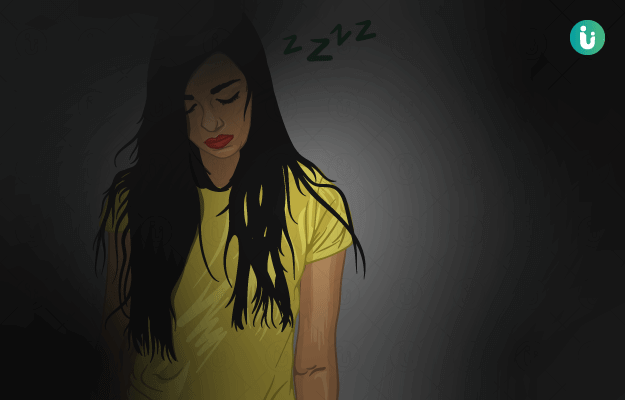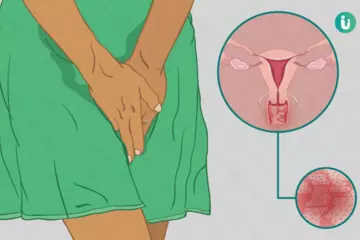Sleepwalking is a condition that involves walking around and performing other actions in your sleep. Though we often use sleepwalking figuratively in conversations, to describe someone who isn’t paying attention, it is a real health problem.
Click on the link given here, to know in detail about sleep disorder treatment.
It is important to note that sleepwalking doesn't just involve walking, but may include other simple or complex actions like getting dressed, moving furniture or more complex behaviours such as trying to drive.
Formally known as somnambulism, sleepwalking is a behavioural disorder. It is more common in children but can affect adults of all age groups, particularly if there’s a family history of it.
Even though isolated incidents of sleepwalking aren’t considered harmful, recurrent sleepwalking could be indicative of an underlying disorder.
Read on to know the signs and symptoms of sleepwalking, what causes sleepwalking, when to see a doctor for it and treatment options for somnambulism.
(Read More - Sleep during pregnancy)

 Doctors for Sleepwalking
Doctors for Sleepwalking  OTC Medicines for Sleepwalking
OTC Medicines for Sleepwalking



















